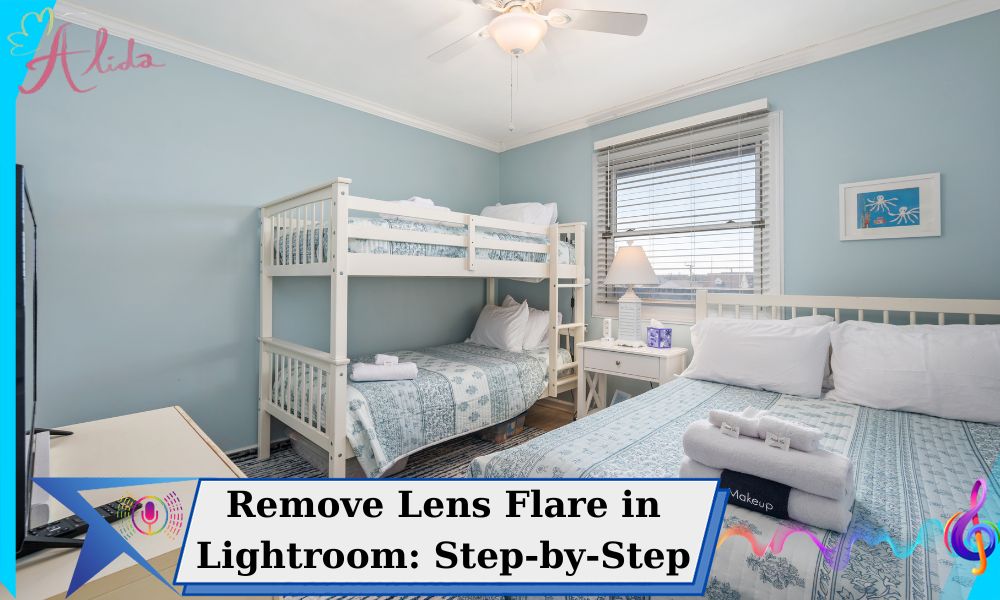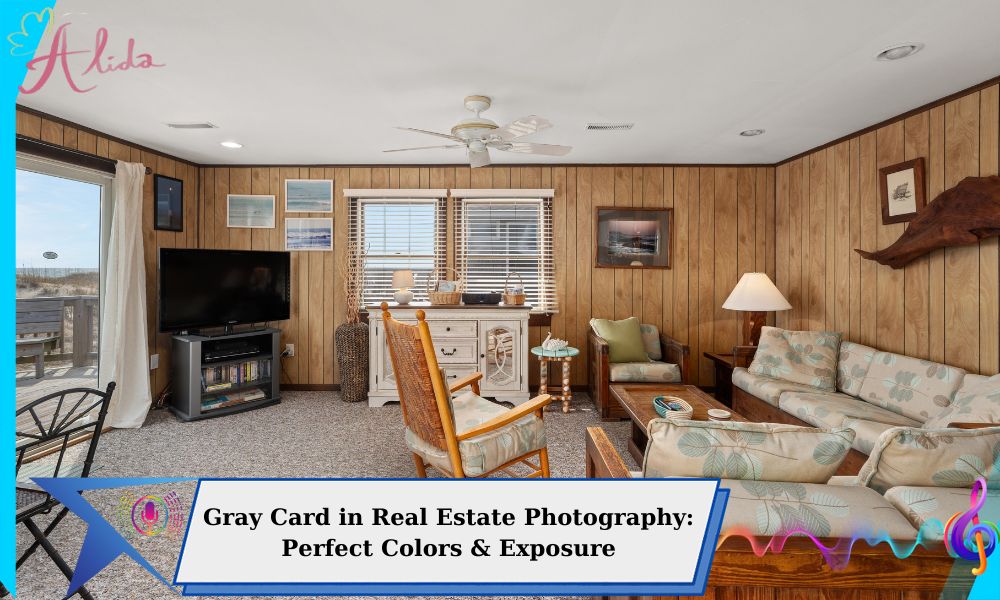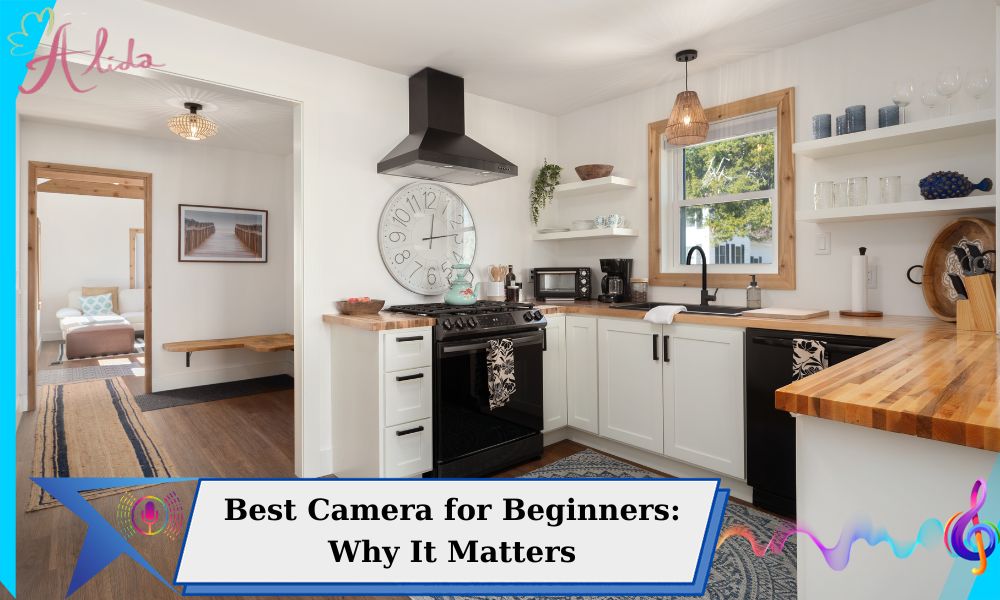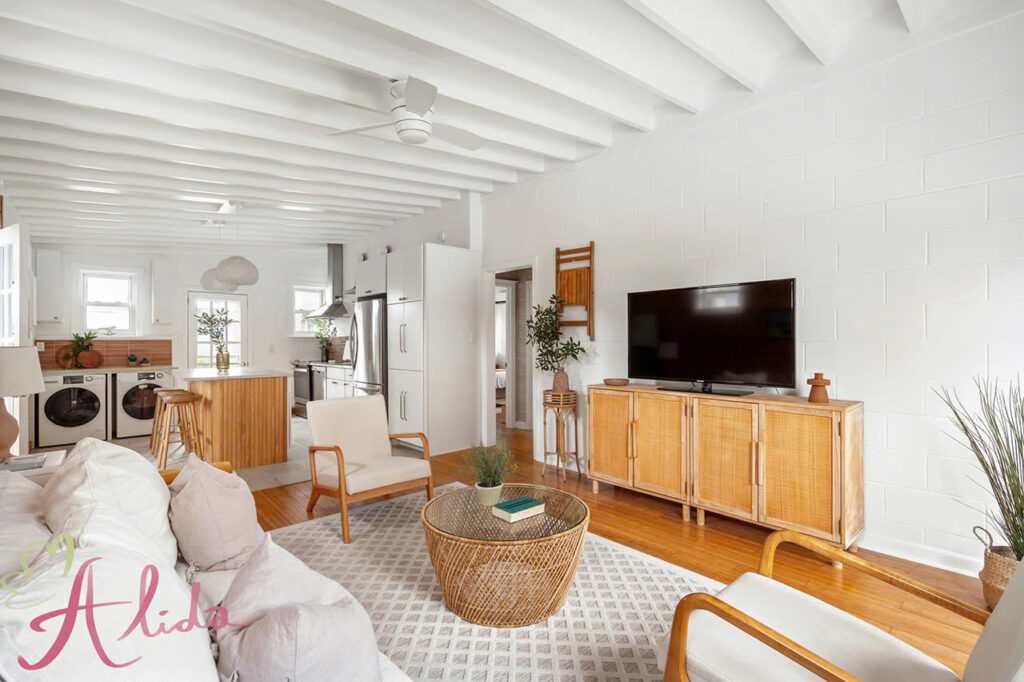In real estate photography, high-quality images can make or break a listing. A well-captured photograph can attract potential buyers, highlighting the best features of a property. However, achieving perfect color balance and accurate lighting in real estate photos is not always straightforward. This is where the gray card in real estate photography becomes an essential tool, ensuring color accuracy and professional-grade results.
What is a Gray Card?
A gray card is a neutral reference card used in photography to correct white balance and exposure. Typically, it has a standardized 18% gray tone, which serves as a reference point for a camera to determine accurate color settings.
When taking real estate photos, the lighting conditions may vary due to different sources, such as natural sunlight or artificial lights. These variations often result in color inconsistencies, making rooms appear too warm (yellowish) or too cool (bluish). By using a gray card in real estate photography, photographers can set an accurate white balance, ensuring that colors appear natural and true to life.
Gray Card in Real Estate Photography: Key Benefits
1. Accurate White Balance
White balance is crucial in real estate photography, as inaccurate colors can misrepresent a property. A gray card allows photographers to correct white balance directly in-camera or during post-processing, ensuring that whites appear pure and other colors remain true to their original hues.
2. Optimized Lighting Exposure
Using a gray card helps achieve the correct exposure, preventing photos from being too bright (overexposed) or too dark (underexposed). This is especially beneficial when shooting interiors with mixed lighting sources.
3. Time-Saving in Post-Processing
One of the biggest advantages of using a gray card is reducing the time spent on post-processing. By setting the correct white balance from the start, photographers can minimize editing efforts in Lightroom or Photoshop, ensuring efficiency while maintaining high-quality results.
How to Use a Gray Card for White Balance Correction
To maximize the benefits of a gray card in real estate photography, follow these simple steps:
- Positioning the Gray Card: Place the gray card in the scene where you are shooting, ensuring it reflects the primary light source.
- Taking a Reference Shot: Capture an image of the gray card under the given lighting conditions.
- Adjusting in Post-Processing: Use software like Lightroom or Photoshop to select the gray card as a reference point, automatically adjusting the entire image’s white balance for accuracy.
Gray Card vs. Other White Balance Methods
There are several ways to adjust white balance in real estate photography, but a gray card offers distinct advantages:
- Auto White Balance (AWB): While convenient, AWB often misinterprets lighting conditions, leading to inconsistent colors.
- Manual Adjustment by Eye: This method is subjective and prone to errors, as human perception of color can vary.
- Kelvin Temperature Settings: Although effective, this requires experience and technical knowledge to achieve accurate results.
Compared to these methods, a gray card provides a more reliable and repeatable way to achieve correct white balance, making it a preferred tool among professional real estate photographers.
Gray Card in Real Estate Photography: Pro Tips
To get the best results, consider these tips:
- Invest in a High-Quality Gray Card: Cheap or low-quality gray cards may not provide true neutral tones, leading to inaccurate corrections.
- Proper Positioning Matters: Ensure the gray card is placed at the right angle to reflect the dominant light source.
- Avoid Colored Light Contamination: Ensure no strong colored lights, such as neon or tinted windows, are affecting the gray card reading.
Conclusion
Using a gray card in real estate photography enhances image quality by ensuring accurate colors and proper exposure. This tool helps photographers maintain consistency in various lighting conditions while minimizing editing time. For professionals, it’s a valuable investment in creating visually appealing and marketable images.
For further image enhancement, Alida provides expert real estate photo editing services. Contact photonews121@gmail.com for high-quality, professionally polished photos that stand out.







